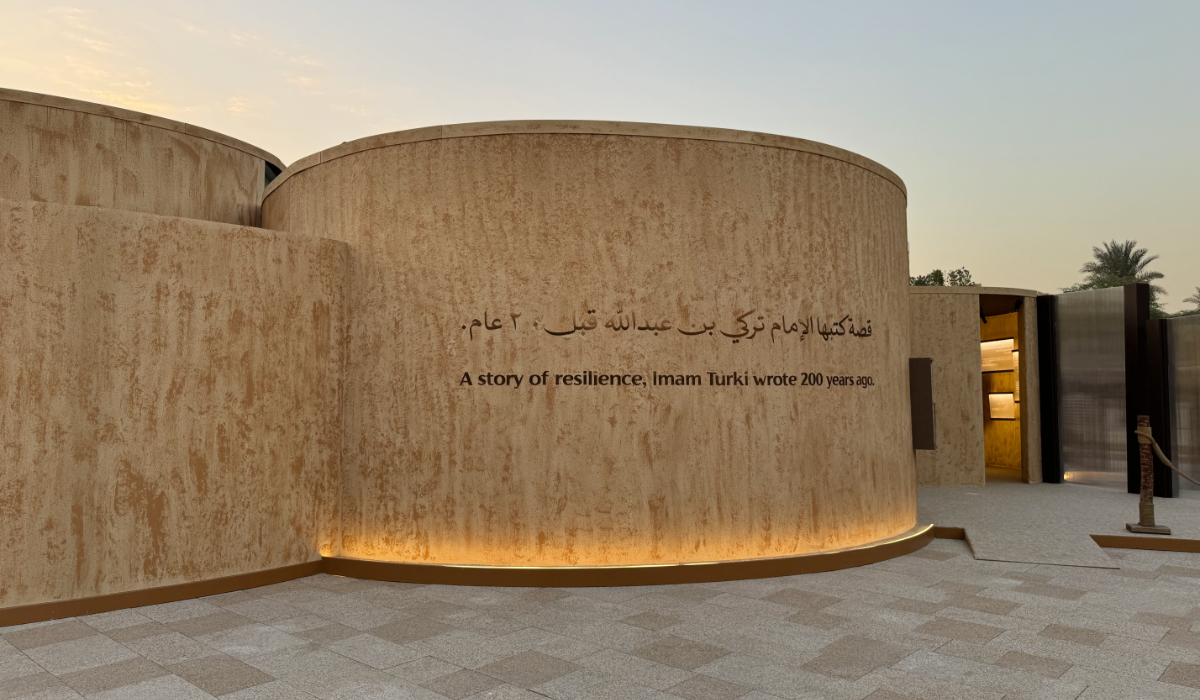JEDDAH: Abdul Shakour Qader started horseback riding at a young age, spurred on by his father. But camel racing was never something he considered as a pastime, let alone a profession, despite the sport being a part of Saudi Arabia’s culture and identity.
“In Jeddah, not many get into camel racing, mostly because it’s thought to be hereditary to certain families and tribes,” the 23-year-old told Arab News.
“It’s uncommon to invest or get into camel racing where I’m from, but my friend pushed me toward it when he saw how passionate I was about horses.”
He shared his childhood hobby as a teen with friends through a stable at the Equestrian Club, establishing an inner circle of equestrians-in-the-making.
He later moved to the US to study industrial engineering, meeting two Emirati students who introduced him to the world of camel racing. And, while he listened to their discussions as they watched races, he grew ever more intrigued about the traditional sport.
Qader and his friend invested in a camel called Tawari, and he felt his enthusiasm blossom after she notched up multiple victories. He was unashamedly proud by her third win. “She’s mine and she’s scoring consecutive wins — it was indescribable,” he beamed. But his road to success has not been easy and he has learned about the trade through trial and error.
“I was extremely nervous to get into camel racing because I had zero experience. It isn’t something my family was into or something I was surrounded by, but it’s been such an exciting journey.”
Qader said his most memorable wins have also been the major ones where his camel, Tashreef, secured first place. “The first one was in the UAE, the Sheikh Mohamed bin Zayed Race, where we won the first lap and scored the best timing, and that was only four months after I’d gotten into it.”
His second major race was the Sheikh Sultan Al-Qasimi Camel Race, Sharjah. He and his team won a cup and car. The victory motivated him to keep going and set up a stable, Camels United.
“These races are very attractive in the camel racing community because of the enticing rewards and how significant they are.”
Smaller races take place during the summer months, but Qader rests his camels for three months in preparation for bigger and more exciting races.
Saudi Arabia in recent years has witnessed huge changes in entertainment, tourism and sports.
But such development has yet to reach camel racing, something the Kingdom and the region as a whole is known for. In 2018, Crown Prince Mohammed bin Salman set up a championship with rewards and incentives to invigorate the sport.
“Races like Crown Prince Mohammed bin Salman and Sheikh Mohamed bin Zayed are completely different and strenuous. Preparations for them begin three to four months in advance because they require a set diet and more intense training,” Qader said.
He has made friends from different regions, friends he would not have made without camel racing, adding that the sport had taught him a lot about life including how to be patient, how to plan ahead and how to be a good team leader.
He said he wanted to preserve the sport and encourage others to take part in it because it was essential to the Kingdom’s culture and heritage, as well establish a camel reserve for certain breeds.
“My dream is to participate in the King Abdul Aziz Camel Festival. Winning that would be a double honor — winning the cup and then being able to greet King Salman in person.”
































